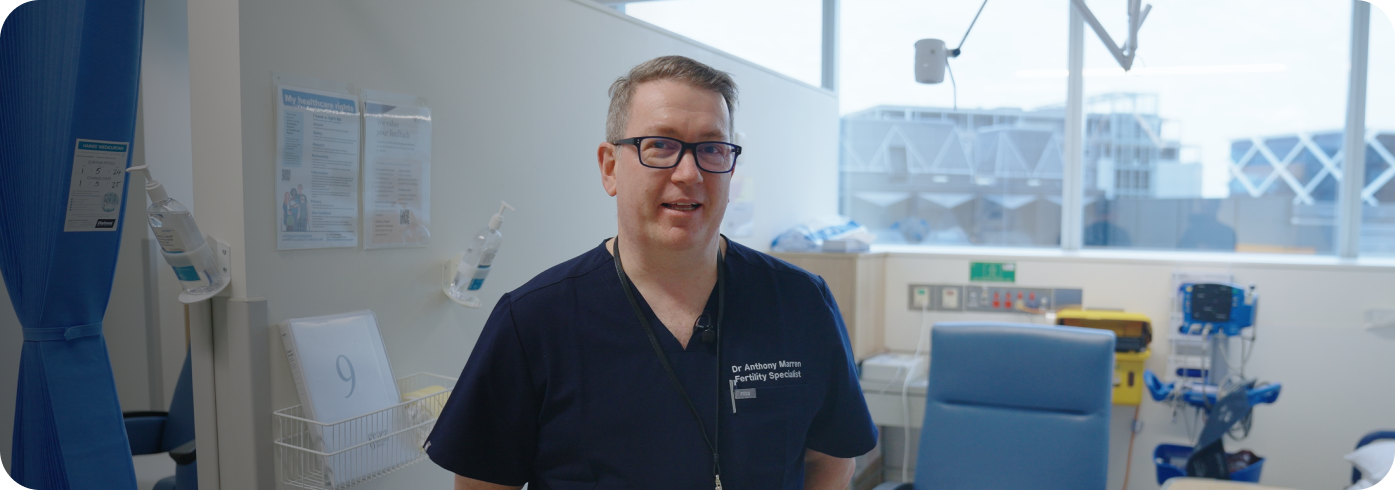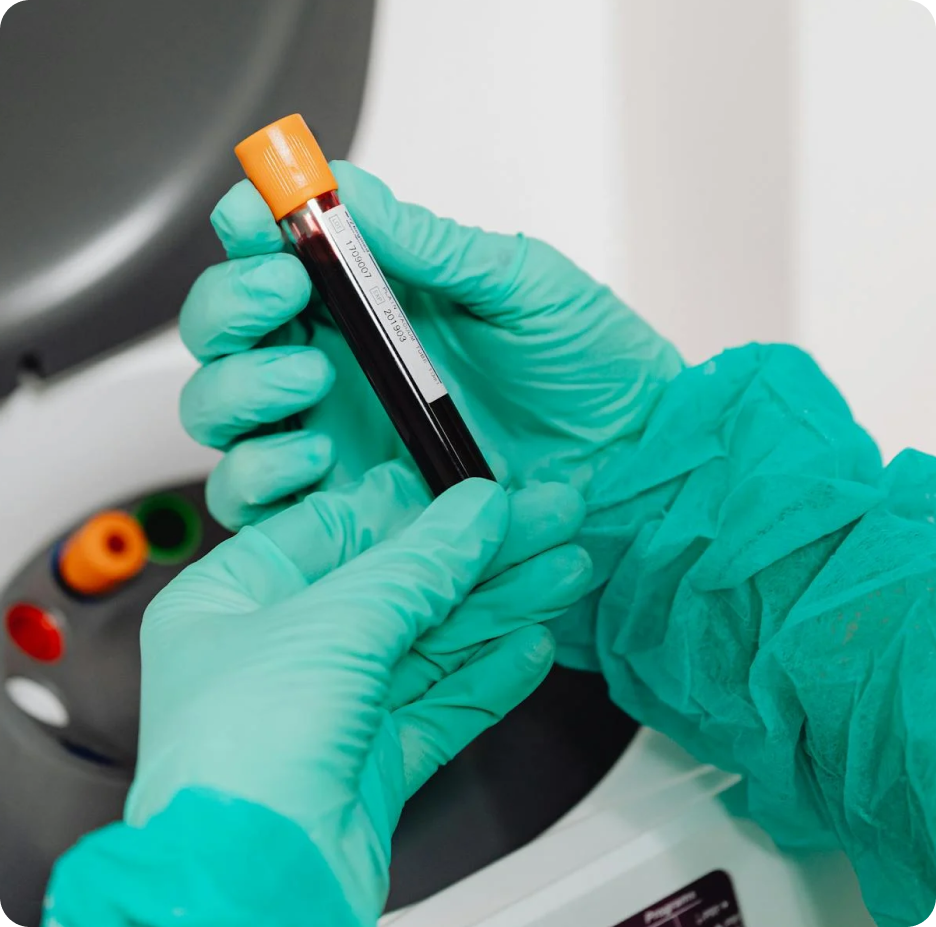
Reproductive surgery focuses on diagnosing and treating conditions of the reproductive organs that may affect fertility or cause pain. These procedures can address issues like blocked fallopian tubes, endometriosis, or fibroids, improving your chances of conception and overall reproductive health.
Many surgeries are performed using minimally invasive techniques, such as laparoscopy (keyhole surgery) or hysteroscopy, which result in shorter recovery times. In some cases, open surgery may be required.

Reproductive surgery is often recommended for individuals experiencing conditions that impact fertility or cause significant pelvic pain. It can address structural or functional issues in the reproductive system, improving the chances of conception and alleviating symptoms.

Fibroids are non-cancerous growths in the uterus that can cause heavy bleeding and discomfort. Fibroids are diagnosed through an ultrasound. For submucosal fibroids, a sonohysterogram provides detailed information about their position relative to the uterine cavity.
Surgery to remove these fibroids can improve fertility outcomes and is generally performed hysteroscopically, laparoscopically, or through open techniques, depending on the size and location.
Endometriosis occurs when tissue similar to the lining of the uterus grows outside it, causing pain, inflammation, and fertility challenges. It affects approximately 10% of all women and up to 50% of women undergoing laparoscopy for pelvic pain or infertility.
Endometriosis associated with a 50% reduction in spontaneous fertility in mild to moderate cases, though its impact on severe cases and IVF outcomes is less clear. Laparoscopy is the gold-standard method for diagnosing and treating endometriosis.
The fallopian tubes play a critical role in capturing the egg, assisting fertilisation, and transporting the embryo to the uterus. Causes of damage to the fallopian tubes may include prior infections, especially STIs like chlamydia, previous pelvic surgery or Endometriosis.
Damaged tubes can be surgically repaired or bypassed with IVF. Tubal surgery preserves the ability for natural conception but carries risks like recurrence and ectopic pregnancy.
The uterus is where embryo implantation and development occur. Congenital or acquired uterine anomalies can interfere with implantation, increase miscarriage risk, and lead to poor obstetric outcomes.
Uterine anomalies, such as septa or scarring, can be corrected surgically to improve fertility outcomes and reduce miscarriage risk.

This is where we'll discuss your concerns and options. It’s all about understanding your situation and creating a personalised treatment plan that fits your needs.
Next up, you’ll likely go through some tests which may include:
Depending on the diagnosis, I’ll recommend surgical options or alternative treatments to address your reproductive health issues effectively.
Throughout the entire process, you’ll get ongoing care and support. This includes regular check-ins to monitor progress, adjusting treatments if needed, and providing emotional support as you navigate your journey.

One of the biggest benefits is that surgery can directly address issues affecting fertility, like endometriosis or blocked tubes.
Many women get significant pain from conditions like endometriosis or fibroids. Surgery can help reduce or eliminate that pain, improving overall quality of life.
Going through the surgical process often includes detailed examinations, which can provide a clearer picture of any underlying fertility problems.
Many reproductive surgeries like laparoscopy and hysteroscopy are minimally invasive and involve smaller incisions resulting in quicker recovery times.
Surgery can be adjusted to your specific situation, addressing the exact issues you’re facing and providing a more targeted approach to treatment.
For many, reproductive surgery offers a long-term fix for fertility issues and reproductive health.

As an experienced fertility specialist, I am committed to providing expert, compassionate care to help you achieve your dream of parenthood. Reproductive surgery is a powerful tool to address fertility challenges, and I’ll ensure that every step of your journey is supported with personalised attention and the highest standards of care.
Let’s work together to create a plan that prioritises your health, fertility, and future.
Reproductive surgery is performed using different techniques depending on the condition being treated:
The choice of surgical method depends on the patient's condition and health.
While reproductive surgeries are generally safe, potential risks include:
Your specialist will discuss all potential risks before surgery.
Recovery depends on the type of procedure:
Post-operative care includes rest, pain management, and gradual return to activities.
Surgery can enhance fertility by:
Surgical intervention aims to create optimal conditions for conception.
Reproductive surgery is commonly used to treat:
Candidates for reproductive surgery include:
Understanding the emotional journey couples endure when they have difficulty conceiving or recurrent pregnancy loss is essential to my approach.
Creative Advertising by Kiin Agency.